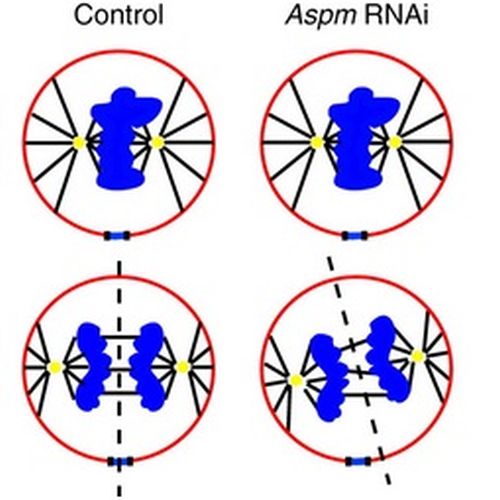Making bigger brains-the evolution of neural-progenitor-cell division.
Relative brain size differs markedly between species. This variation might ultimately result from differences in the cell biology of neural progenitors, which might underlie their different proliferative potential. On the basis of the cell-biological properties of neural progenitors of animals of varying brain size and complexity (namely, Drosophila melanogaster, rodents and primates), we hypothesize that the evolution of four related cell-biological features has contributed to increases in neuron number. Three of these features-the pseudostratification of the progenitor layer, the loss of (Inscuteable-mediated) mitotic-spindle rotation and the evolution of proteins (such as Aspm) that maintain the precision of symmetric progenitor division-affect the mode of cell division in the apically dividing progenitors of the ventricular zone. The fourth feature, however, concerns the evolution of the basally dividing progenitors of the subventricular zone. In rodents, these basal (or intermediate) progenitors lack cell polarity, whereas in primates a subpopulation of radial, presumably polarized, progenitors has evolved (outer-subventricular-zone progenitors). These cells undergo basal mitoses and are thought to retain epithelial characteristics. We propose the epithelial-progenitor hypothesis, which argues that evolutionary changes that promote the maintenance of epithelial features in neural progenitors, including outer-subventricular-zone progenitors, have been instrumental in the expansion of the cerebral cortex in primates.

- J. Cell. Sci. 2008 Sep 1;121(Pt 17):2783-93
- 2008
- Neurobiology
- 18716282
- PubMed
Enabled by:
